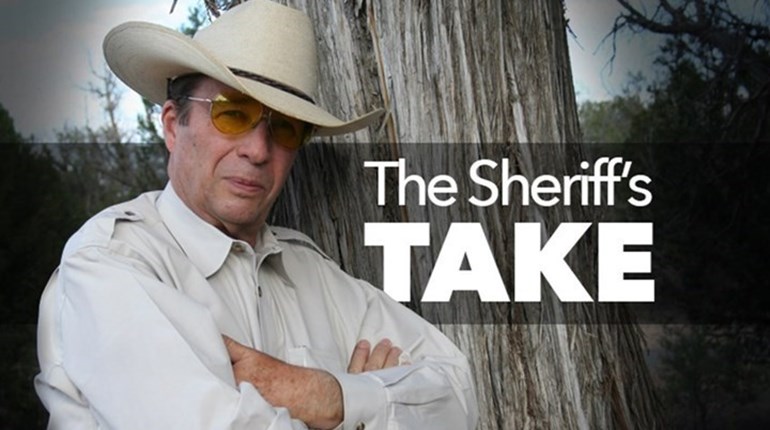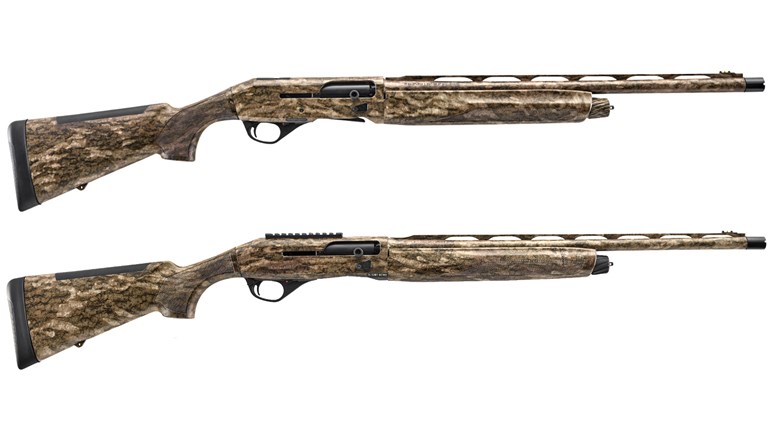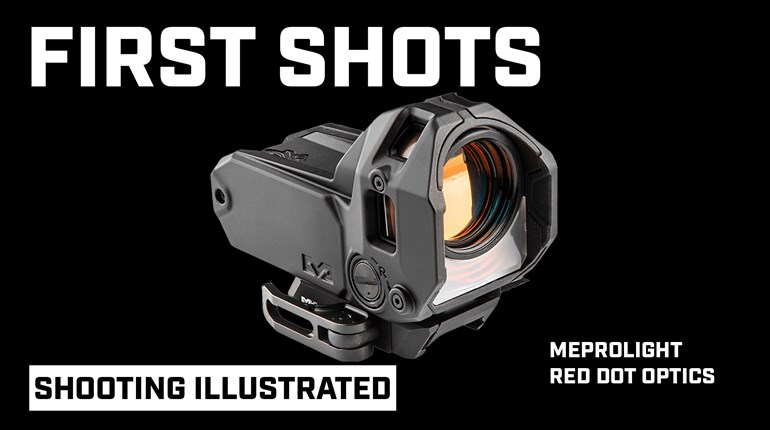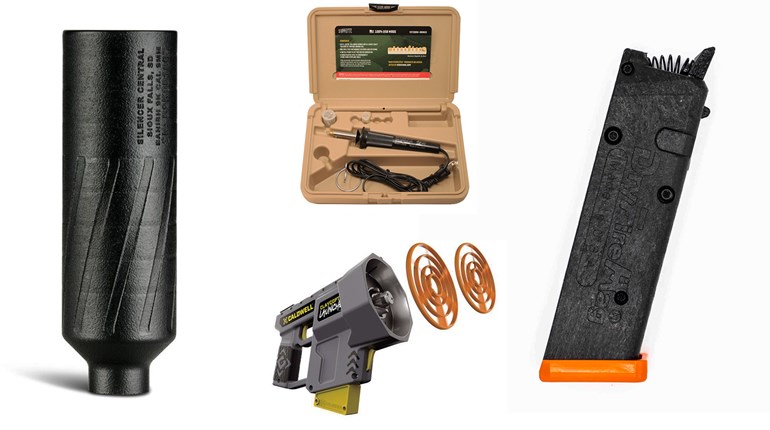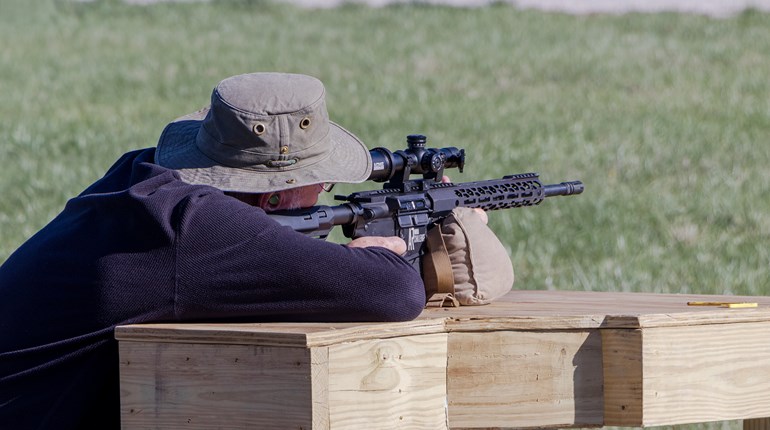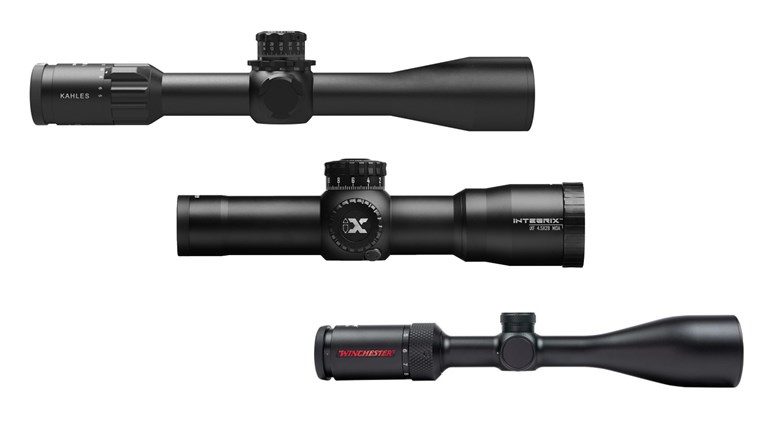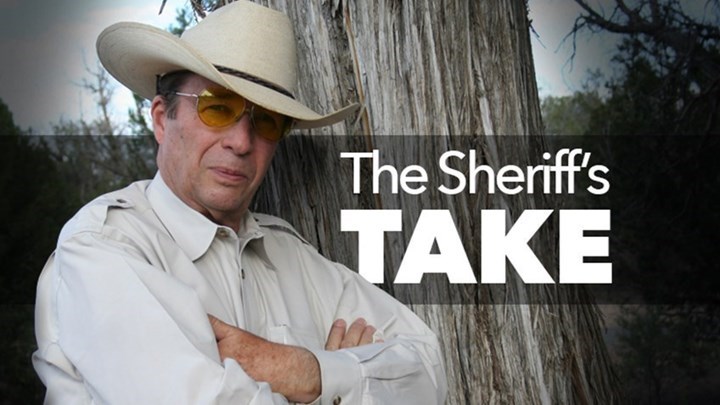
Any way you cut it, the 1930s were tough times. The Great Depression was in full swing, and some folks were resorting to criminal acts in order to get by. Bootlegging, car thefts and bank robberies were at an all-time high. And, while the American police officer was at the lead in dealing with this, the honest citizen was often the victim. It’s no wonder that many a businessman and homeowner kept a pistol handy.
By that time, the .38 Spl. revolver had become the standard and most popular caliber, both for police and armed citizens. Trouble was, it just wasn’t as effective as it should be and as it needed to be. In those days, .38 Spl. ammo came in two standard choices: a 158-grain lead bullet at a little over 700 fps and a 200-grain bullet at about 600 fps. Neither one had much punch, especially where car bodies and early body armor was concerned.
The solution of the arms companies was the .38/44 cartridge, what today we would call a .38 Spl. +P+. This entailed a 158-grain bullet in the .38 Spl. case running a little over 1,100 fps. There was some concern about the load wrecking some of the older, small-frame revolvers, but Colt said it would be just fine in the big New Service and even Official Police guns. Smith & Wesson brought out the .38/44 Heavy Duty and the .38/44 Outdoorsman, both on the big N-frame, especially designed for the new cartridge.
The success and popularity of this new .38 Spl. load led directly to the design and introduction of the .357 Mag. in 1935. This cartridge originally drove a 158-grain lead SWC bullet at some 1 500 fps; never mind that it leaded the barrel significantly. Although the Magnum’s velocity has been reduced considerably over the years it is still a rather powerful defensive handgun cartridge.
In fact, some armed citizens might find it a bit too much, especially in small and medium-frame revolvers. The amount of recoil can be such that it affects the shooter’s accuracy and ability to deliver quick repeat shots. There just might have really been something to that old .38/44 load.
I’ve been doing quite a bit of revolver shooting lately and find that there really is a niche for a 158-grain .38 Spl. load that will do 1,000 fps, or a bit over, out of a 4-inch barrel in a medium-frame gun. This can easily be worked up in handloads and there are several ammunition companies offering such loads. It is worth looking at for the revolver shooter who wants a good defense load that doesn’t beat him or his gun up.
After all these years, the .38 Spl./.357 Mag. family of handgun cartridges are still a top choice for personal defense. I don’t know of any other handgun caliber that is offered in so many bullet weights and velocities by today’s ammunition companies. You might get the idea that it’s still around because it works. That would be my guess.












